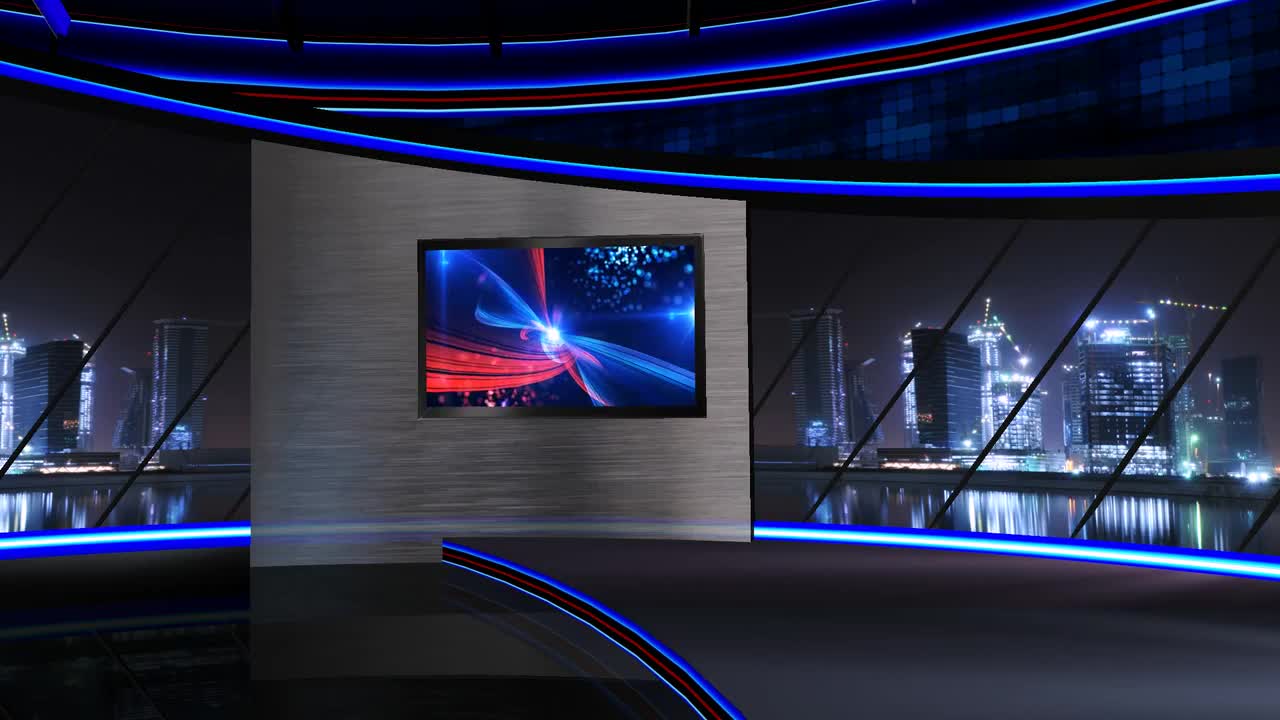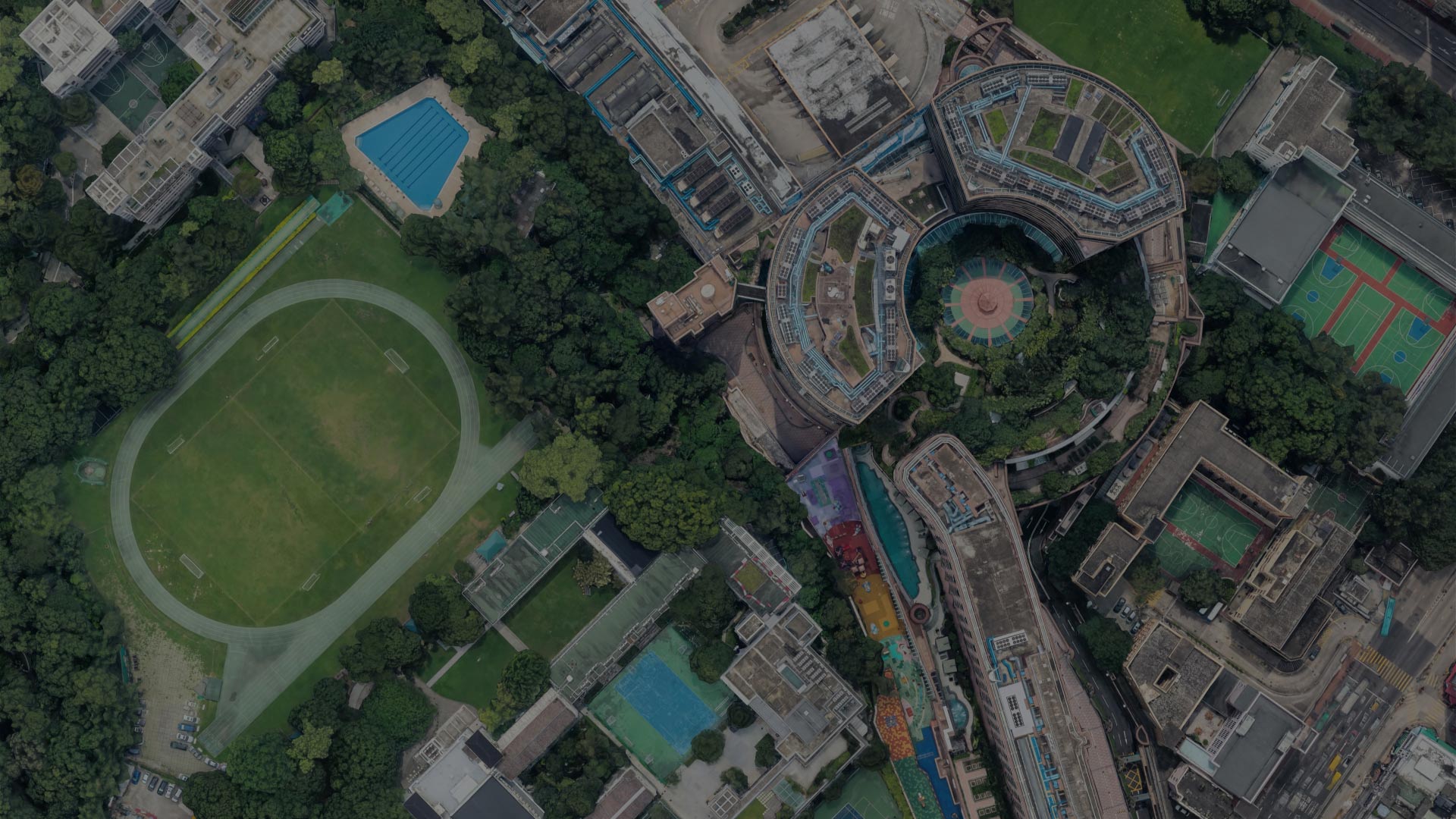

- #Virtual studio set create with adobe animate how to#
- #Virtual studio set create with adobe animate full#
- #Virtual studio set create with adobe animate windows#
Multiple actions can be triggered by a single event, and actions can launch other actions.

The Behavior Editor, which allows you to add interactivity to your AR scene. It’s straightforward to create a simple object placement experience, and some artists have created some very interesting environments by arranging 2D images in creative ways - separating out the layers of a Photoshop or Illustrator document to make them dimensional. Then, you can use a simple set of tools to rotate, scale and move your image or model relative to the anchor. You choose to anchor each asset to a horizontal plane, vertical plane, or image target. The Starter Assets provide a nice set of options to work with while you get to know the platform, and include a range of simple models such as abstract shapes and low-poly nature models to more complex options, including rigged characters with a range of Mixamo animations. Aero makes it easy to add dimension to Photoshop and Illustrator files by separating out layers through space. A simple arrangement of 2D and 3D assets in the main Aero Editor. If you’re using your own assets, Aero supports import of Photoshop and Illustrator files, standard image files and OBJ, GLB, and glTF files. Firstly, you can add assets (2d, 3d, or audio) - either via import or by using the Starter Assets provided by Adobe. There are two major aspects of creating an AR scene with Aero.
#Virtual studio set create with adobe animate how to#
Let’s talk about what the major features of Aero are and how to use them - on any platform. Aero hits the right balance - supporting more complicated creations while ensuring that the toolset is intuitive and usable by a wider range of creatives.
#Virtual studio set create with adobe animate full#
If you want to build a full interactive AR experience for training, or a gaming application, you’ll use a full game engine such as Unity or possibly a WebAR workflow, while if you want to share quick, often funny AR ideas with friends, using Spark Studio or Snap Studio makes a lot of sense.īut if you’re interested in a narrative or artistic application of AR, neither of these varieties of tools is quite right - the game engine approach takes significant skills development in programming or use of a 3D toolset which is outside of the experience of many artists and authors, while the social-media focused tools don’t have the flexibility to create more in-depth works. Aero Use CaseĪnother great point about Aero is that it really opens up AR authoring to a slightly different audience than most other AR tools out there.

But for authoring, I still prefer the focused space of a desktop.įunctionally, there is no difference between the iOS and PC/Mac version of Aero, so it’s more a matter of preference and workflow that will dictate which works best for you. And on the other hand, it’s still much more sensible to test an AR experience on the kind of mobile device that might ultimately host it. This file management question might be made easier on mobile users now that there is a mobile version of Photoshop and Illustrator available. If you’re using Photoshop or other local assets for your AR scene, it’s more efficient to just open them in the desktop app, rather than uploading to Creative Cloud or otherwise transferring to mobile. On mobile, it can be cumbersome to move files around. Authoring a complex AR scene is time consuming, and a mobile device is not necessarily the best tool to use for iterating through design options. Why does desktop authoring for Aero make a difference? In part it’s an ergonomics issue.
#Virtual studio set create with adobe animate windows#
This year, the Windows and MacOS versions of Aero came out of private beta, so now every Creative Cloud user can jump into AR creation from their desktop.

In addition to these, Adobe moved into the AR space with the iOS-only launch of Aero at last year’s Adobe MAX. Using Adobe tools, you can create 3D models and sculptures in VR using Medium, create materials and textures using the Substance suite, leverage 3D character models and animations from Mixamo, and create renderings of 3D environments using Dimension. The recent Adobe MAX conference demonstrated that Adobe is making a serious commitment to XR creation tools - in fact, the company has slowly collected a suite of 3D tools via acquisitions that make it a major player in XR.


 0 kommentar(er)
0 kommentar(er)
